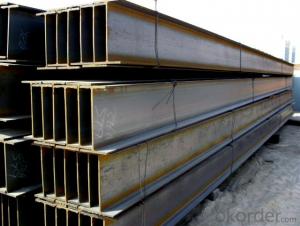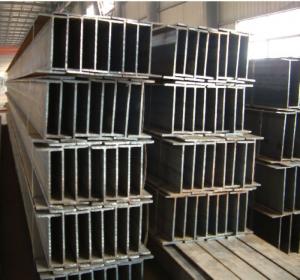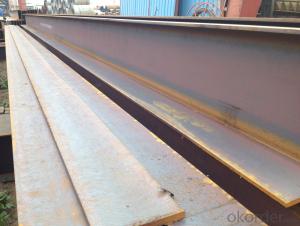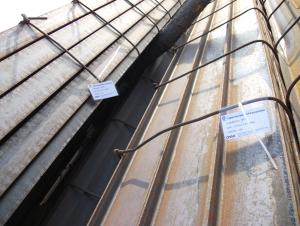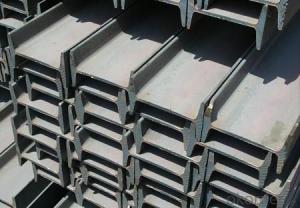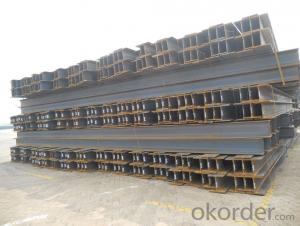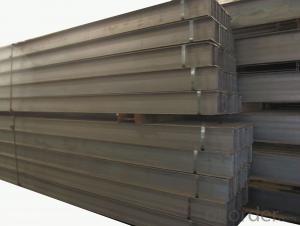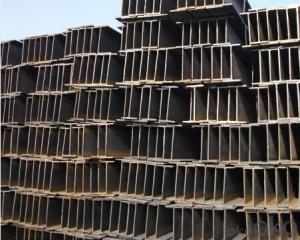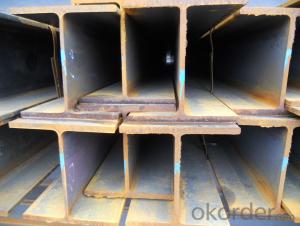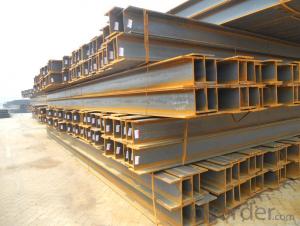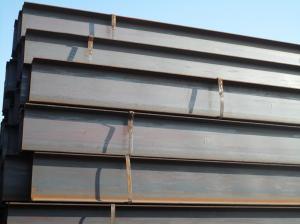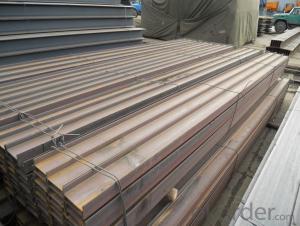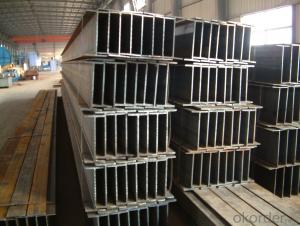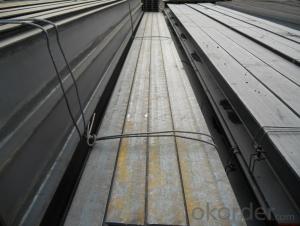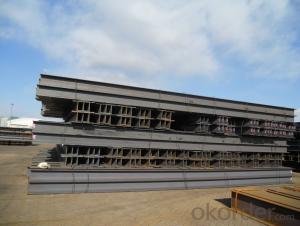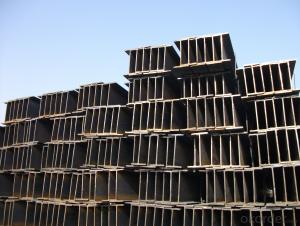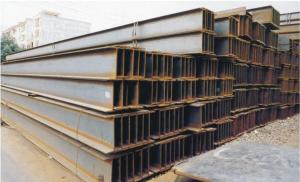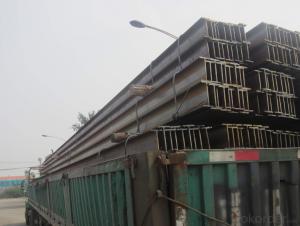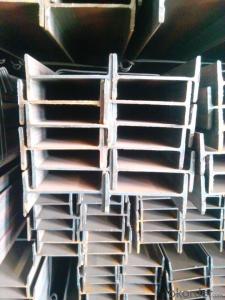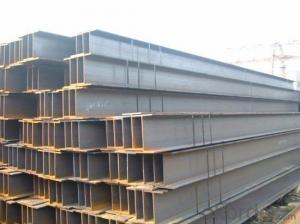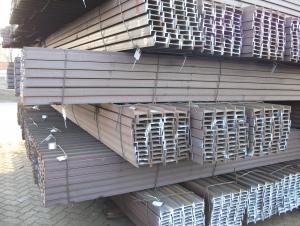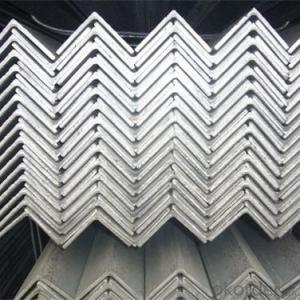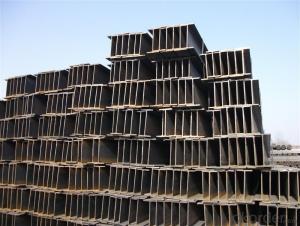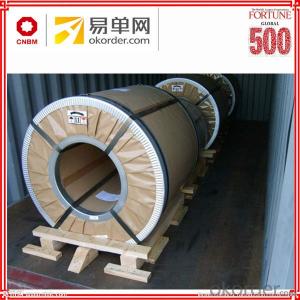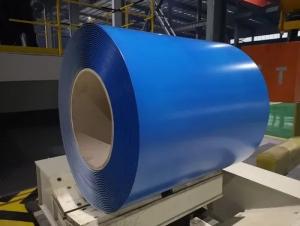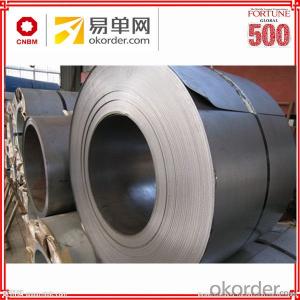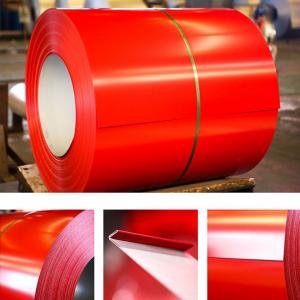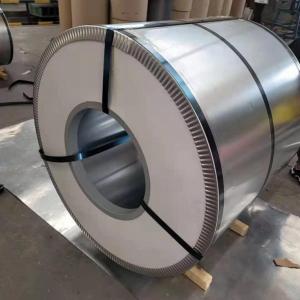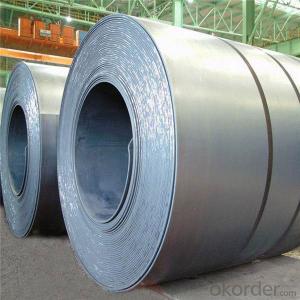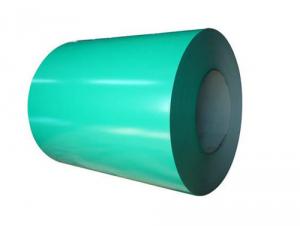Hot Rolled H Beam
Hot Rolled H Beam Related Searches
Hot Rolled Steel Aluminium H Beam Hot Rolled Mild Steel H Beam Aluminium Us Hot Rolled Coil Hrc Hot Rolled Coil Hot Rolled Coil Hs Code Hot Rolled Pickled Coil Hot Rolled Coil Hrc Hot Rolled Coil China Meps Hot Rolled Coil Hot Rolled Steel Price Hot Rolled Coil Process Hot Rolled Coil Malaysia Hot Rolled Steel Prices Sunsirs Hot Rolled Coil Hot Rolled Steel Futures Hot Rolled Coil Adalah Hot Rolled Coil Futures Custom Hrc Hot Rolled Coil Hot Rolled Coil Price Hot Rolled Coil Là Gì Cru Hot Rolled Coil Shfe Hot Rolled Coil Hot Rolled Coil Price Today Hot Rolled Coil Suppliers Hot Rolled Coil Prices Hot Rolled Coil Spot Price Hrc Hot Rolled Coil Price Cme Group Hot Rolled CoilHot Rolled H Beam Supplier & Manufacturer from China
Hot Rolled H Beam is a type of steel product characterized by its H-shaped cross-section, which provides excellent strength and stability. These beams are manufactured through a hot rolling process, ensuring a uniform structure and enhanced durability. They are widely recognized for their versatility and are employed in various construction and engineering projects due to their ability to withstand heavy loads and support large structures. Hot Rolled H Beams are commonly used in the construction of buildings, bridges, and other infrastructure projects, as well as in the manufacturing of machinery and equipment that require robust support frameworks.The application of Hot Rolled H Beams spans across numerous industries, including but not limited to, construction, automotive, shipbuilding, and heavy machinery. Their usage scenarios are vast, ranging from the reinforcement of concrete structures to the creation of frameworks for industrial machinery. These beams are also preferred for their ability to be easily welded, bolted, or riveted, allowing for a high degree of customization in design and assembly. The adaptability of Hot Rolled H Beams makes them an ideal choice for a multitude of applications where strength, durability, and flexibility are paramount.
Okorder.com stands as a prominent wholesale supplier of Hot Rolled H Beam, boasting a substantial inventory that caters to the diverse needs of various industries. With a commitment to quality and customer satisfaction, Okorder.com ensures that the Hot Rolled H Beams they provide meet the highest industry standards. Their extensive stock allows customers to find the specific size, grade, and length of H beams required for their projects, streamlining the procurement process and ensuring timely delivery. By offering a comprehensive range of Hot Rolled H Beams, Okorder.com has established itself as a reliable source for this essential construction material.
Hot Products
